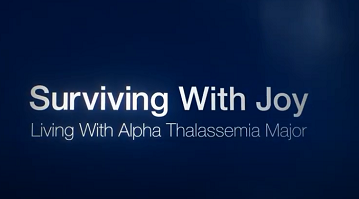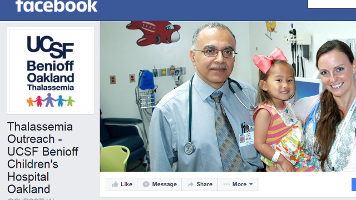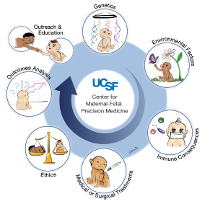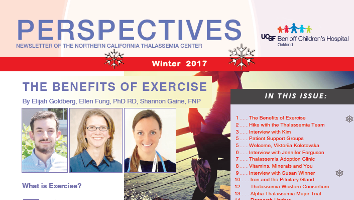Nutrition and Diet

Nutritional deficiencies are common in thalassemia, due to hemolytic anemia, increased
nutritional requirements, and morbidities such as iron overload, diabetes, and chelator use.
Patients should be evaluated annually by a registered dietitian regarding adequate dietary intake of calcium, vitamin D, folate, trace minerals (copper, zinc, and selenium) and antioxidant vitamins (E and C). Annual nutritional laboratory testing should include albumin, 25-hydroxy vitamin D, fasting glucose, fasting plasma zinc, serum copper, ceruloplasmin, serum selenium, alpha and gamma tocopherol, plasma ascorbate, and serum folate. (See nutrition table below.)
Recommendations for dietary supplementation should be made as indicated by nutritional history, complications of the disease, and, in children, growth status. Typically multivitamin supplementation without iron is suggested (e.g., Centrum Silver in tablet or chewable form is now available).
For nontransfused thalassemia patients, folate supplementation (1 mg daily) is recommended, and consuming a moderately low-iron diet is encouraged—that is, avoiding iron-fortified cereals and other products and excessive consumption of red meat. Drinking black tea with meals is recommended to reduce iron absorption from food.
For transfused patients on chelation therapy, a low-iron diet is unnecessary and may decrease the quality of life for some patients. The amount of iron obtained from just one unit of packed red cells (200 mg) far outweighs the amount of iron obtained from a 3-ounce steak (5 mg).
Vitamin D supplementation (50,000 IU once a week until levels normalize) is recommended for patients with a 25-hydroxy vitamin D less than 20 ng/dL. Calcium supplementation should be encouraged if dietary intake is insufficient.
Counseling should be offered for patients with special dietary needs. These include patients with diabetes or lactose intolerance, those who practice vegetarianism, those who are pregnant, or those on oral chelators or bisphosphonate medications.
Alcohol consumption and cigarette smoking are to be discouraged. Alcohol potentiates the oxidative damage of iron and aggravates the effect of hepatitis B and C on liver tissue. Cigarette smoking affects bone remodeling and is associated with osteoporosis.












